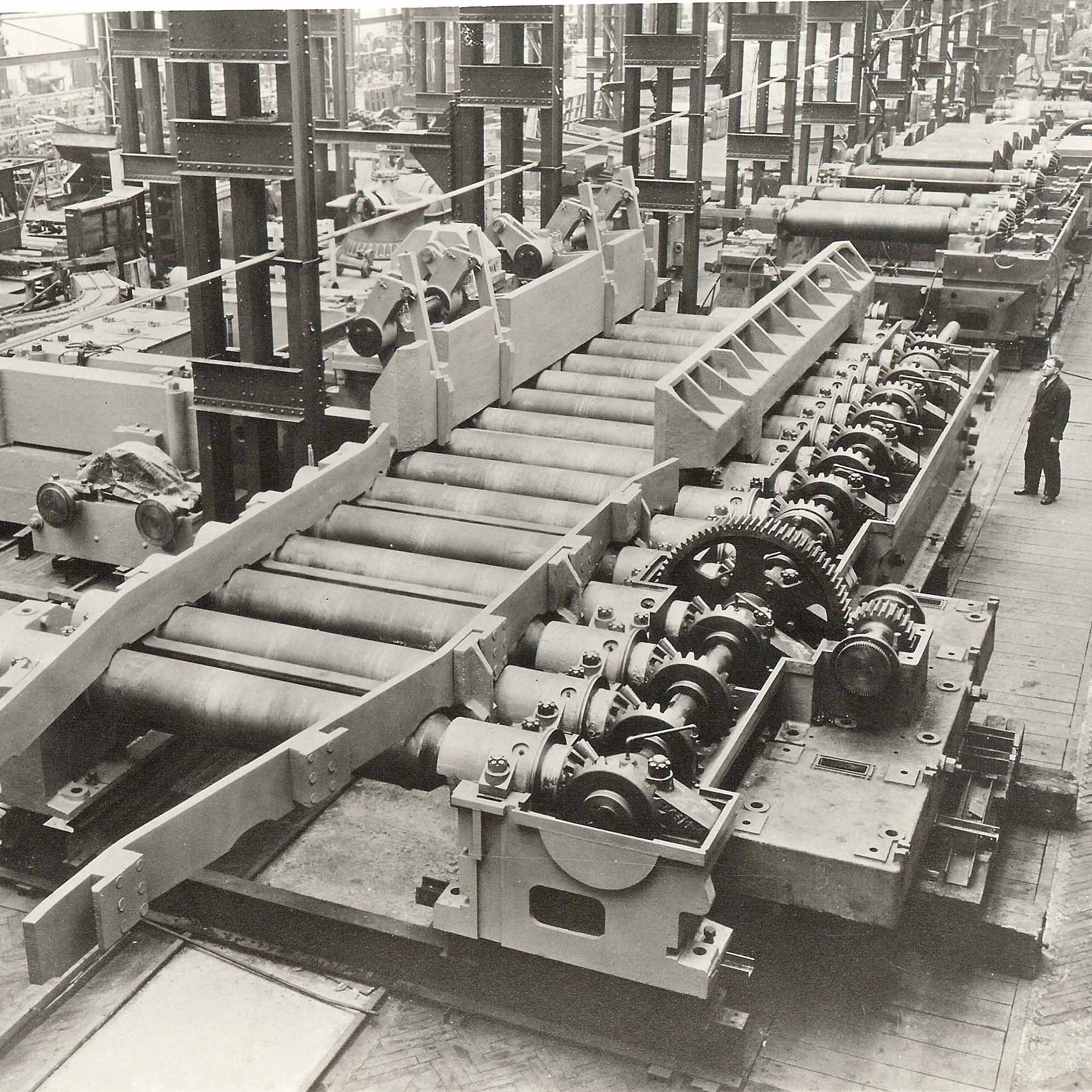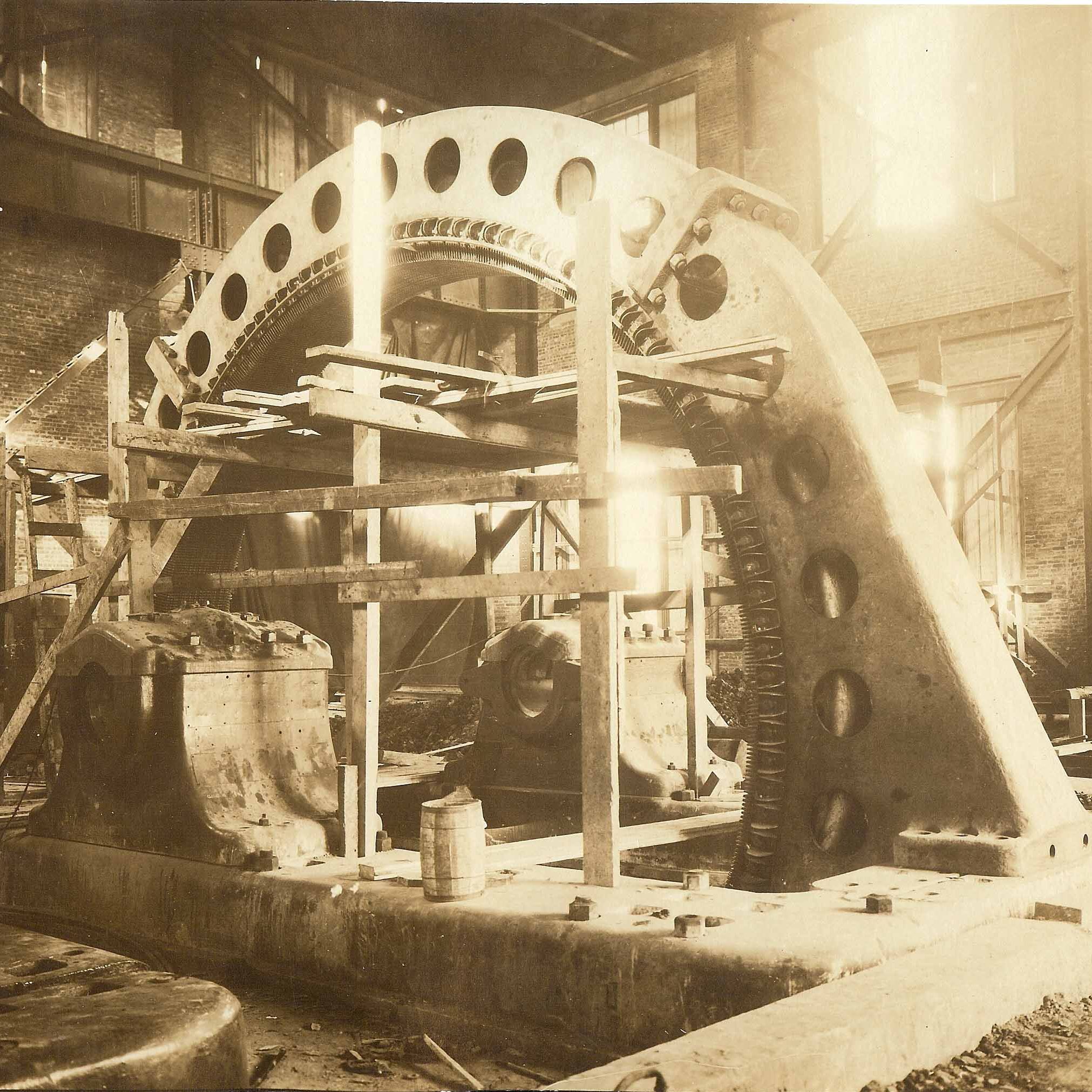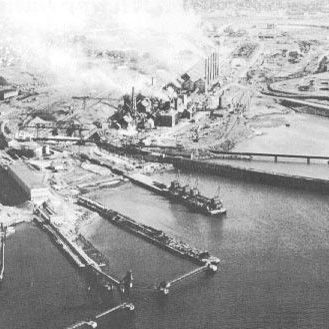The Sound of Silence – The End of an Era
by Sid Slaven
A Simon- Garfunkel song, “The Sound of Silence”, and some recent events, unusual crashing sounds over Sydney, reminded me of a passed era when the silence of Sydney nights was interrupted by the sounds of industry. Investigation revealed it was loads of scrap, the cut-up corpse of SYSCO, being dropped by a crane into the hole of a ship at the SYSCO shipping piers.
It brought back youthful memories of when Sydney was a load nighttime community, punctuated by the noise of a vibrant steel industry and a progressive city. When I was a boy I would lay in bed on open window summer nights listening to the symphony of night music that pervaded our community.
Our home was located in the Ashby district near the coke ovens coal bank. Shunts of coal were pushed up the bank accompanied by the “chug chug” sound of a straining steam locomotive. Sometimes they tried to push too many cars up the bank resulting in the whirling sounds of rapidly spinning wheels as traction was lost. The air was always being interrupted at intervals by the whistle of steam locomotives, especially those of the great iron beasts of the C.N.R. In addition there was the whine of steel company diesels locomotives and the distinct blare of their horns. Sometimes, if I could stay awake long enough, I would hear the almost nasal sound of the electric motor of a tramcar making its late run from Sydney to Glace Bay, often broken by the crack of the electric arc when the trolley shoe temporarily left the hot line.
A load clang signified the dropping of a sling of rails at the rail-finishing mill. On a clear night the softer sound of rails being loaded into a ship’s hole could be heard from the distant International Piers. The zing of the hot saw cutting a glowing rail at the rail mill had a unique sound of its own.
At the change of shift at 12 midnight a chorus of whistles from the plant boiler houses would sing out all over the city. At 12 noon whistles from Stephens augmented them and Chapels lumber yards. Also the fire department would blare a load horn with a coded sequence to direct call firemen to the designated area.
Sometimes a series of load booms would be heard, followed by a brightly lit sky. These meant ladles of molten slag were being poured into Muggah’s Creek. When molten metal is poured upon water a chemical reaction takes place that results in a violent explosion. The reverse is not true. Water can be poured onto molten metal without any reaction.
When I reached my teens I became employed at the steel plant, then known as DOSCO. What a thrill it was to actually see where these original night sounds emanated from. Now, outside of the siren of an emergency response vehicle, the nights of Sydney are, please excuse the metaphor, as silent as a cemetery.


